Lynn Hershman Leeson. Anti-Bodies, with texts by geneticist and molecular engineer George Church, Curator of media arts Rudolf Frieling, biomedical researcher Thomas Huber and Sabine Himmelsbach, the director of the House of Electronic Arts in Basel.
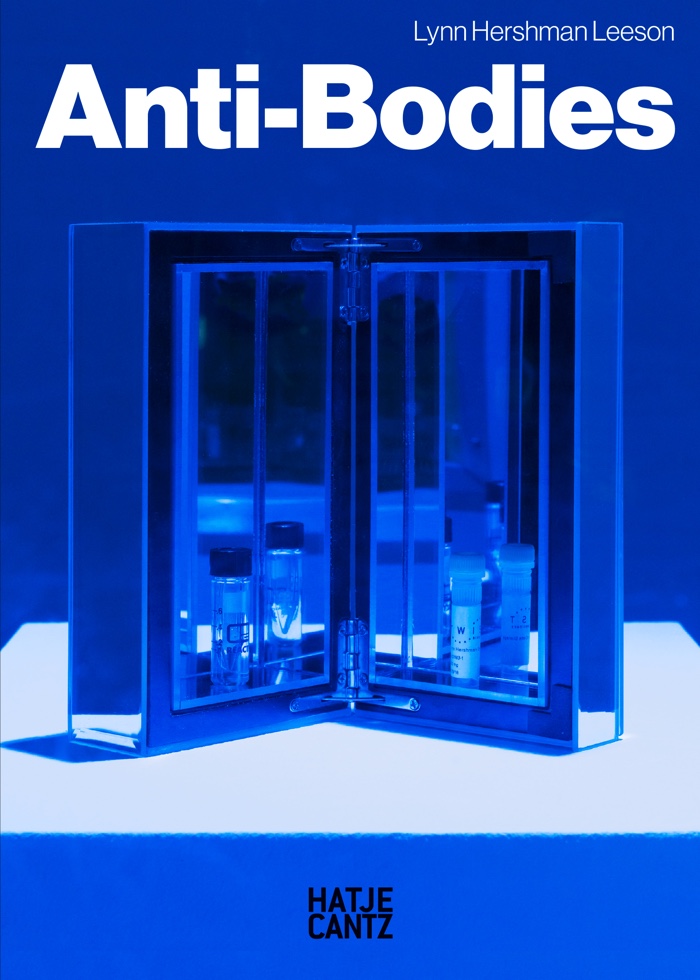
Publisher Hatje Cantz writes: At the center of this publication is Lynn Hershman Leeson‘s installation The Infinity Engine, modeled after a genetics laboratory. The artist demonstrates that the boundaries between natural and artificial life are dissolving at an increasingly rapid pace in the age of synthetic biology, and that today, life itself can be artificially shaped. This includes DNA manipulation, artificial human organs manufactured via 3D-bioprinting, antibody research, and use of DNA as a biological storage medium. Leeson presents these achievements as works of art embedded in an inimitable aesthetic. Documenting these work cycles in photographs of the exhibition at the HeK Basel, this volume also contains numerous essays that offer both a scientific context and insight into this trailblazing media artist’s oeuvre and her current focus on biotechnology.
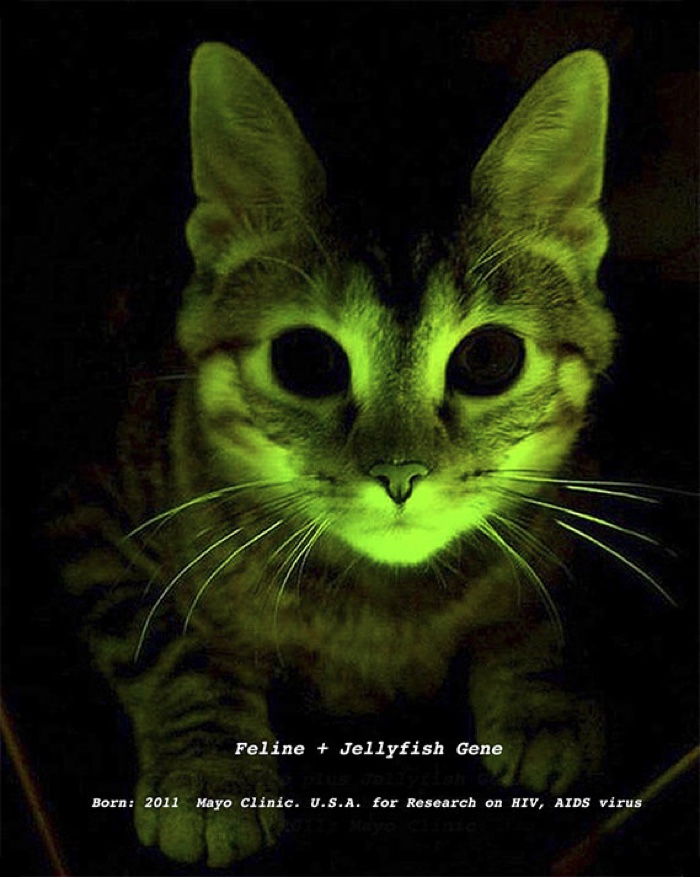
Lynn Hershman-Leeson, Genetically modified cat from The Infinity Engine, 2010
Lynn Hershman Leeson. Anti-Bodies is thus the catalog of the exhibition that took place last year at the House of Electronic Arts Basel.
The show invited visitors to don a lab coat and enter a replica of a genetics lab, complete with a bioprinted nose, scientific equipment, a room wallpapered with photos of already existing genetically manipulated organisms, files of legal documents related to genetic engineering, videos and a facial recognition booth that identifies vital parts of visitors’ identity.
The installation had been exhibited in several countries before opening in Basel (i discovered its earlier version at the excellent RIBOCA biennial in Riga) but the Basel version featured two new artefacts: an artificially engineered antibody that bears the name “Lynn Hershman” in its molecular structure and a strand of DNA containing an archive of the artist’s video series The Electronic Diaries (1986 to 1994.)
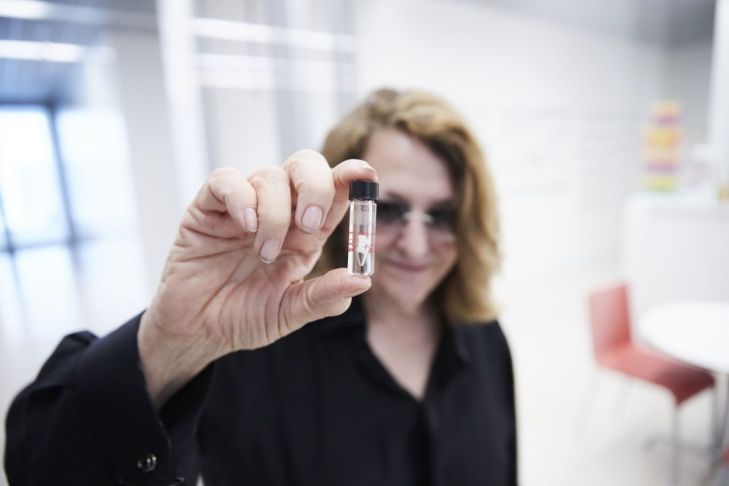
Lynn Hersman with the Lynn Hershman antibody. Photo: Novartis/Laurids Jensen
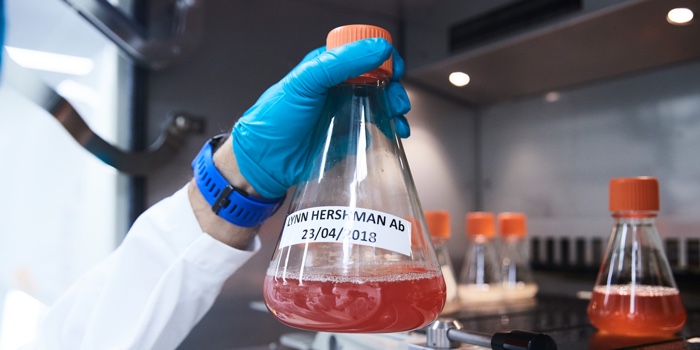
Lynn Hershman-Leeson, Anti-Bodies Photo: Novartis / Laurids Jensen, via HeK
The exhibit explored the societal and ethical challenges of DNA programming and all the applications it enables. On the one hand, it leads to astonishing medical breakthroughs; on the other, it enables new forms of governmental and corporate biosurveillance. The work also invites us to ponder upon uncomfortable questions: How do these scientific practices challenge our understanding of human identity and life? Who owns the engineered human body parts when human cells and tissue are turned into commodities? How might bio-engineering affect human evolution on a planet that is getting increasingly inhospitable?
Without ever being judgemental, Leeson’s work aims to bring gene editing and a research that usually takes place behind shut doors closer to the wider public scrutiny.
“If we are unaware of the dangers that we’re facing,” Hershman Leeson told The Art Newspaper, “we can never change them, so you’re dealing with difficult issues and topics that many people have never heard about, and you’re able to look through the records of a lot of the supreme court cases against some of these giant conglomerates who are trying to control gene editing and access to pharmaceuticals, and that has to be a political statement.”
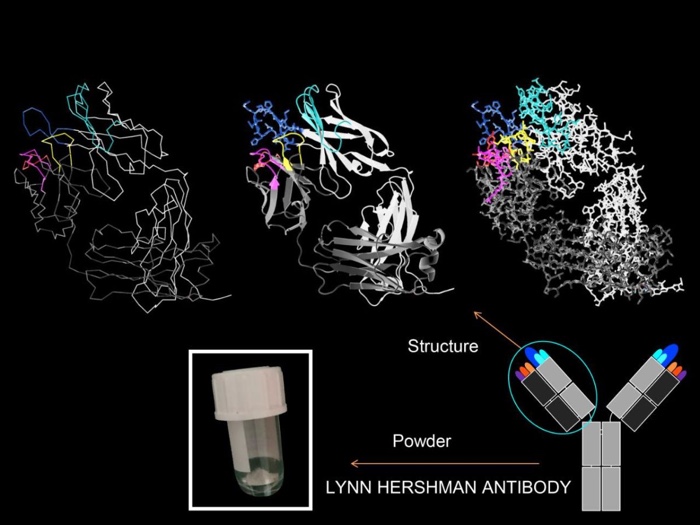
Structure of the Lynn Hershman antibody visualised using PyMOL and presented as powder in a glass vial. From Lynn Hershman Leeson: Anti-Bodies, exhibition at HeK. Image courtesy of Novartis
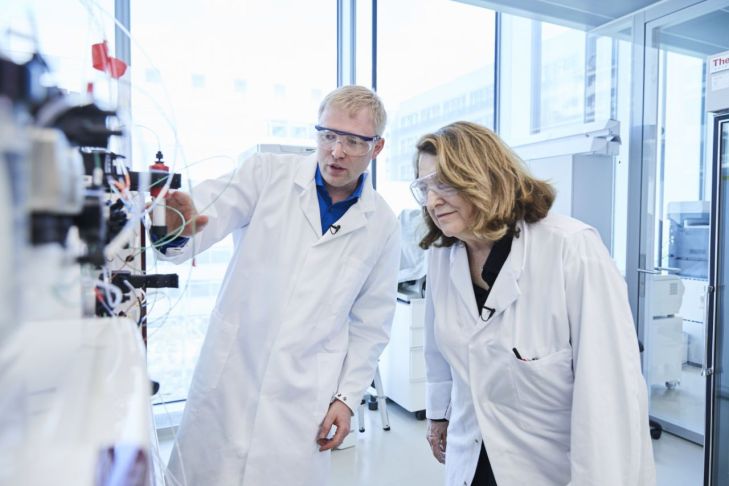
Lynn Hershman and Thomas Huber on the Novartis Campus in Basel. Photo: Novartis/Laurids Jensen
The book features many images from both the exhibition and the development process of the antibody of course but also essays by scientists, curators and the artists.
Thomas Huber’s essay was particularly compelling. Huber is the scientist who led the therapeutic antibody research group leader the Swiss Corporation Novartis Pharmaceuticals to create the new antibody. Without too much jargon and with great clarity he explains what antibodies do, the kind of ‘personality’ they have and he briefly describes the experiment he and his team did in order to generate a truly personalized antibody.
Another engrossing chapter in the book is the interview the artist made with George Church, the geneticist and molecular engineer who regularly makes headlines for his plans to bring back the woolly mammoth, end inherited disease and even reverse ageing. Their conversation was fascinating, it touched upon necessary regulations in the field, the shifting borders of life, biosurveillance, migration from Earth to colonies in outerspace, the importance of education and science communication, etc.
There is a german translation of the texts at the back of the book.
Artist Talk with Lynn Hershman Leeson, Art Basel 2018
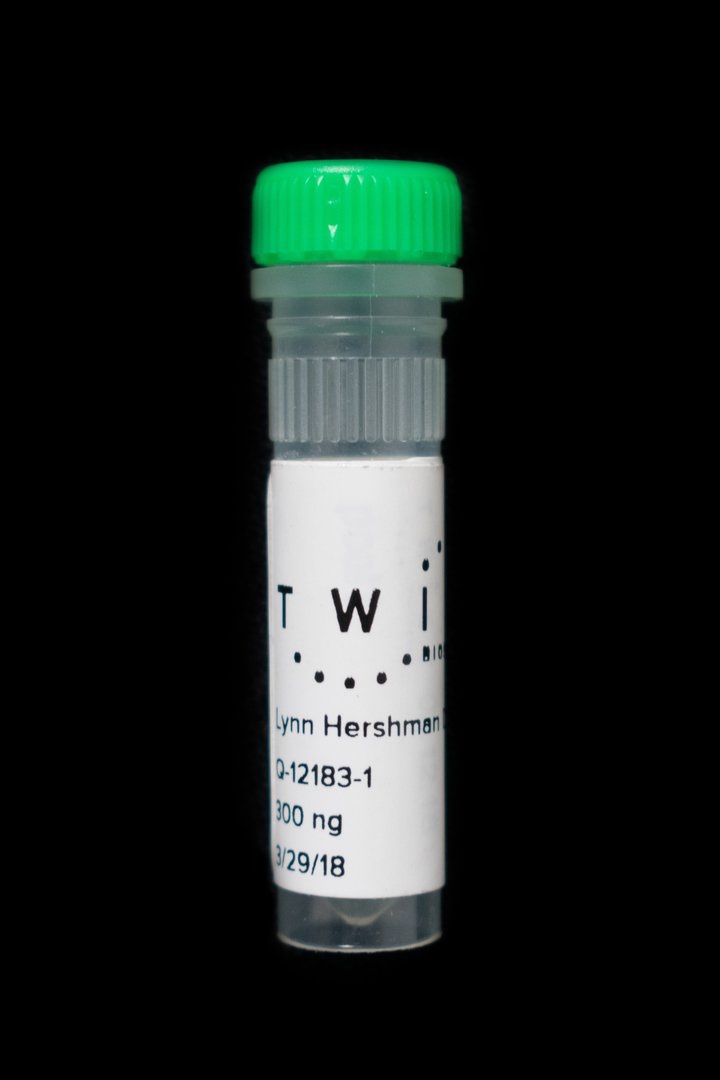
Lynn Hershman-Leeson, Portrait of the artist as DNA, with compressed files and films from the Infinity Engine 2014-18. Photo via Tate

Lynn Hershman-Leeson, Section of a wallpaper showing hybrid crops and animals, part of The Infinity Engine. Photo via Tate
Related story: RIBOCA. A moment to reflect on our age of technoscience.
The book is on amazon UK and USA.
